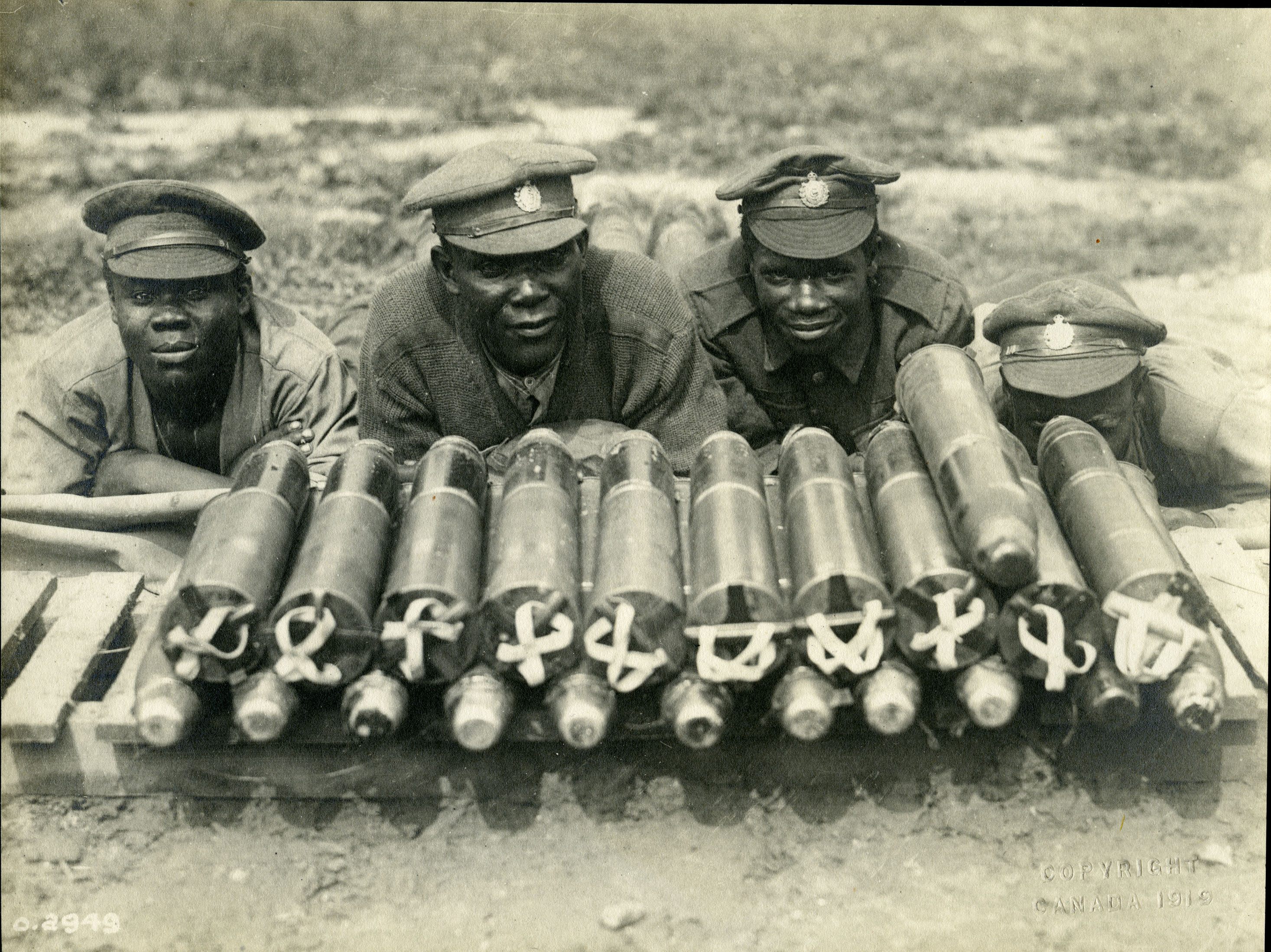February is Black History Month in Alberta. It is a time to reflect on the history and contributions of a relatively small, but important group in our province.
The first blacks began arriving in Alberta about 140 years ago. Most had worked as ranch hands and trail drivers in Texas and across the American West. As the cattle frontier gradually shifted northwards from Wyoming and Montana into southern Alberta, these black cowboys made their way into Canada.
One of the best remembered of these new ranching immigrants was John Ware. He had been born a slave in South Carolina. However, after moving west following the end of the Civil War, he developed an excellent reputation as a horseman and cattle herder.
Once in Alberta in the early 1880s, he worked briefly for the I.G. Baker freighting company, before securing a job on the Quorn Ranche near Calgary. By the 1890s, he had acquired his own small cattle and horse ranch on Sheep Creek near Millarville.
In 1892, he married Mildred Lewis and they started to raise a family of five. After 10 years, the family moved to a larger ranch along the Red Deer River in the Brooks district.
Tragedy struck in 1905. Mildred fell seriously ill with pneumonia and passed away in the spring. That autumn, John was fatally injured by a fall from his horse. Mildred’s family assumed the care of the children.
Among the first blacks to live in Central Alberta were Edward (George) and Hattie Thompson. Edward was born in Missouri, the son of Virginia slaves. Edward and Hattie had one daughter, who they named Latechange.
After living in Nebraska, the Thompsons moved to southern Alberta, where Edward found work on the local ranches. Around 1904, they decided to get their own place. They consequently moved to the Magic/Earlville district south east of Ponoka where they took out a homestead.
Tragedy struck in early February 1907. Deep snow forced Edward to take a detour from his usual route to the Earlville store and post office. He became totally exhausted on his way home with his heavy load of supplies. He collapsed in the snow. He was later found frozen to death, less than a kilometre from his home and safety.
After Edward’s death, Hattie and Latechange moved to Ponoka. Hattie took in boarders, did laundry and cleaned other people’s houses in order to make ends meet. In the mid-1920s, together with Latechange’s young daughter Alice, the Thompsons moved to Edmonton.
Meanwhile, in 1908, noticeable numbers of blacks began immigrating to Alberta, mainly from Oklahoma. Although there were no formal rules against their immigration, there were a great many informal rules which restricted their ability to cross the border into Canada.
One sizeable group settled at Keystone (later renamed Breton), north of Rimbey and west of Ponoka. The area was isolated, but that suited the new settlers. The isolation allowed the creation of a cohesive community and kept potential conflicts with neighbours to a minimum.
In 1911, with more and more blacks moving to Alberta, the Edmonton Board of Trade made a major effort to have the government ban further immigration. They circulated a petition that argued that black settlers would be “ill-suited to the cold climate of Canada”, ignoring the fact that many from the northern States had experienced just as harsh of winters as the ones in Canada.
When the petition was referred by Edmonton to the Red Deer Board of Trade, two local prominent local members vigorously opposed it. They were Raymond Gaetz, first mayor of the Town of Red Deer and Francis Galbraith, first mayor of the City of Red Deer and editor of the Red Deer Advocate.
Despite these two men’s opposition, the petition got widespread support. Severe restrictions on black immigration were soon imposed. It was not until the 1960s that black immigration to Canada began to grow again.



